Transform Your Healthcare Workflow: The Ultimate Guide to Choosing the Right Medical Cart on Wheels
In the ever-evolving landscape of healthcare, the efficiency of medical workflows is paramount to ensure optimal patient care. A pivotal element contributing to this efficiency is the utilization of a "medical cart on wheels." According to a recent report by Grand View Research, the global medical carts market is expected to reach USD 3.39 billion by 2025, growing at a significant rate as healthcare facilities increasingly recognize the importance of mobility and organization in enhancing workflow efficiency.
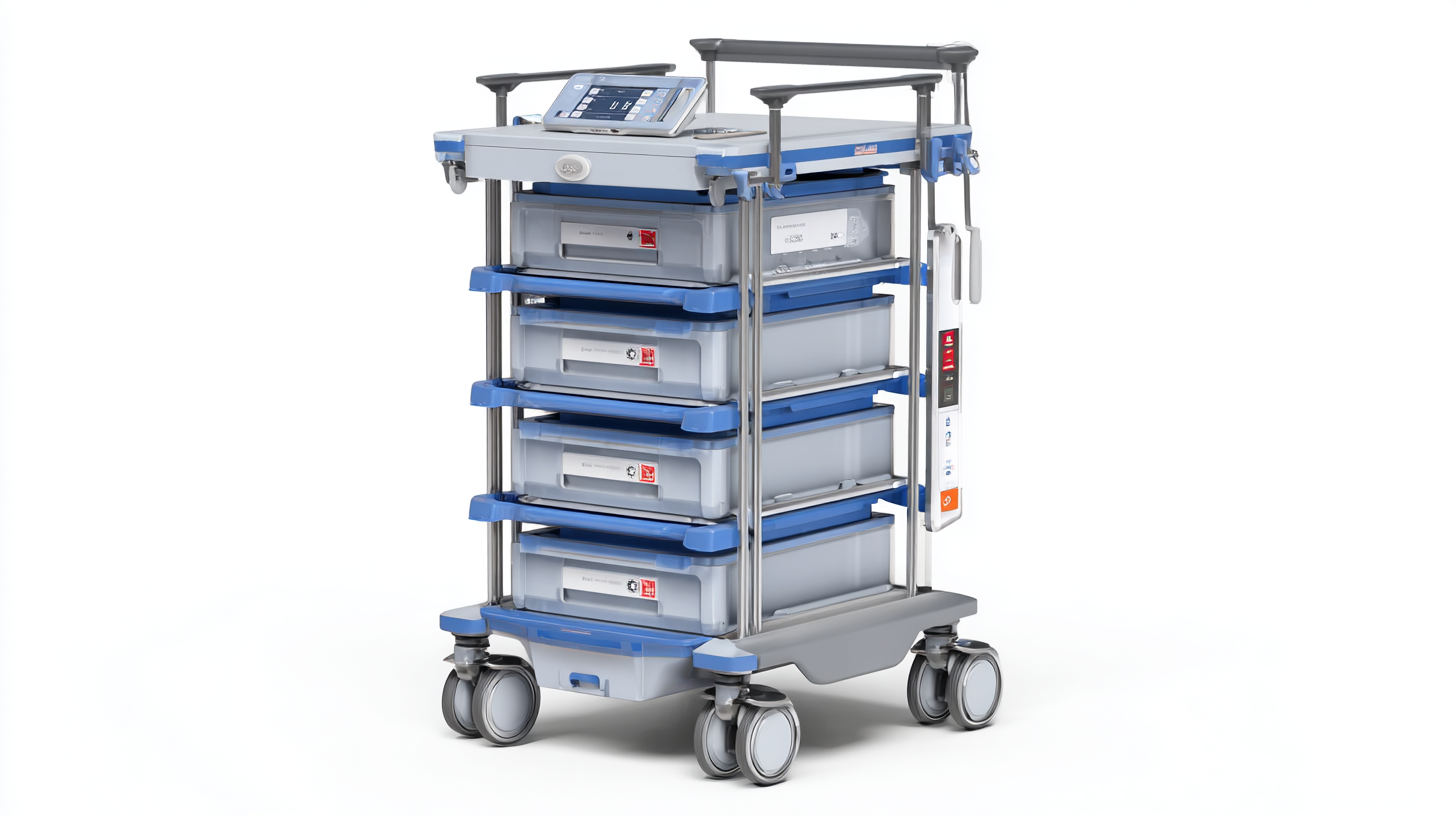
Expert in healthcare logistics, Dr. Angela Moore, emphasizes, “The right medical cart can transform not only the speed of service delivery but also improve staff satisfaction and patient outcomes.” This statement resonates deeply within the industry as hospitals and clinics strive to implement solutions that streamline operations. By carefully selecting the appropriate medical cart on wheels, healthcare providers can improve their operational efficiency, reduce physical strain on staff, and ultimately enhance the overall patient experience.
In this ultimate guide, we delve into the essential factors to consider when choosing the right medical cart on wheels, ensuring that healthcare professionals are equipped with the knowledge necessary to make impactful decisions for their facilities.
Understanding the Importance of Medical Carts in Healthcare Workflows
In the fast-paced environment of healthcare, the efficiency of workflows can significantly impact patient outcomes and staff satisfaction. Medical carts on wheels have become essential tools in facilitating smooth operations in hospitals and clinics. According to a report by MarketsandMarkets, the global market for medical carts is expected to reach $3.2 billion by 2025, reflecting a growing recognition of their role in enhancing workflow efficiency. These carts help streamline the distribution of medical supplies and equipment, reducing the time healthcare professionals spend retrieving items, thus allowing them to focus more on patient care.
Furthermore, the increased mobility offered by wheeled medical carts is crucial in multi-disciplinary settings. A study published in the Journal of Healthcare Management revealed that using mobile workstations led to a 30% reduction in time staff spent searching for supplies. With innovations such as customizable storage and integrated technology solutions, these carts not only meet the practical needs of healthcare workers but also contribute to better patient care delivery. As healthcare systems continue to evolve, the strategic implementation of well-designed medical carts will play a vital role in optimizing workflows and ultimately enhancing the overall healthcare experience.
Transform Your Healthcare Workflow: The Ultimate Guide to Choosing the Right Medical Cart on Wheels
| Feature | Importance | Examples | Recommended Specifications |
|---|---|---|---|
| Mobility | Enhances quick access to medical supplies | Infusion carts, medication carts | Swiveling wheels, locking mechanisms |
| Capacity | Supports efficient storage and organization | Equipment storage carts, supply carts | Multiple shelves, divided compartments |
| Durability | Ensures longevity in a demanding environment | Emergency response carts, surgical carts | Heavy-duty materials, resistant finishes |
| Ergonomics | Promotes worker comfort and reduces strain | Charting carts, workflow carts | Adjustable heights, user-friendly design |
| Customization | Allows tailored solutions for specific needs | Pharmacy carts, mobile workstations | Modular designs, accessory options |
Key Features to Look for in a Medical Cart on Wheels
When selecting a medical cart on wheels, it’s crucial to prioritize key features that enhance mobility, storage, and efficiency. Look for carts that offer ergonomic designs, allowing healthcare professionals to navigate through tight spaces with ease. A sturdy frame with high-quality wheels ensures stability and smooth movement, reducing strain during transportation of medical supplies or equipment.
**Tips:** Consider choosing carts with adjustable height options. This feature promotes comfort for users of varying heights and makes it easier to access items without bending or stretching excessively. Additionally, integrated locking mechanisms on wheels can help secure the cart when it’s stationed, providing convenience and safety in busy environments.
Another important aspect to evaluate is the storage configuration. Carts with modular shelves or drawers allow for efficient organization and quick access to essential tools, which is vital in fast-paced medical settings. Features like removable bins can also facilitate easy cleaning and restocking.
**Tips:** Think about the specific needs of your department when choosing the layout of the cart’s storage. Engaging with team members to gather feedback can ensure that the cart you select meets the diverse requirements of the staff, enhancing overall productivity and care delivery.
Industry Insights: Impact of Medical Carts on Patient Care Efficiency
The efficiency of patient care is significantly influenced by the type of medical equipment utilized in healthcare settings, and medical carts on wheels are essential tools that enhance workflow. According to a report by Grand View Research, the global medical carts market was valued at approximately $1.3 billion in 2020 and is expected to grow at a compound annual growth rate (CAGR) of 12.4% from 2021 to 2028. This growth reflects the increasing adoption of mobile medical solutions aimed at improving efficiency and adherence to protocols in hospitals.
Medical carts facilitate quick access to medical supplies and equipment, ultimately reducing the time healthcare professionals spend searching for necessary items. A study conducted by the Journal of Healthcare Management revealed that hospitals deploying mobile carts experienced a 25% reduction in medication administration errors and a 30% increase in staff satisfaction due to streamlined processes. By strategically choosing the right medical cart, healthcare facilities can optimize their workflows and, consequently, enhance patient care efficiency, leading to better health outcomes and increased operational productivity.
Impact of Medical Carts on Patient Care Efficiency
Comparative Analysis: Cost-Effectiveness of Different Medical Cart Models
When selecting a medical cart on wheels, cost-effectiveness plays a crucial role in decision-making. The variety of medical cart models available can lead to significant differences in initial purchase price, maintenance costs, and overall durability. A comparative analysis of different designs, materials, and features is essential for healthcare facilities aiming to balance budget constraints with the need for efficient, reliable medical equipment. For instance, while an entry-level model may be less expensive upfront, its longevity and performance in a busy clinical environment could make higher-end options more economical in the long run.
Another factor to consider is the specific functionality required for different medical settings. Advanced carts with built-in technology, such as electronic health record (EHR) systems or specialized storage solutions, may offer greater efficiency and reduce staff time spent on manual tasks. Although these models may come with a higher price tag, the cost savings from streamlined workflows and improved patient care can justify the investment. A thorough analysis considering both immediate costs and potential long-term benefits can guide healthcare providers in choosing the right medical cart that meets their operational needs and budgetary limitations.
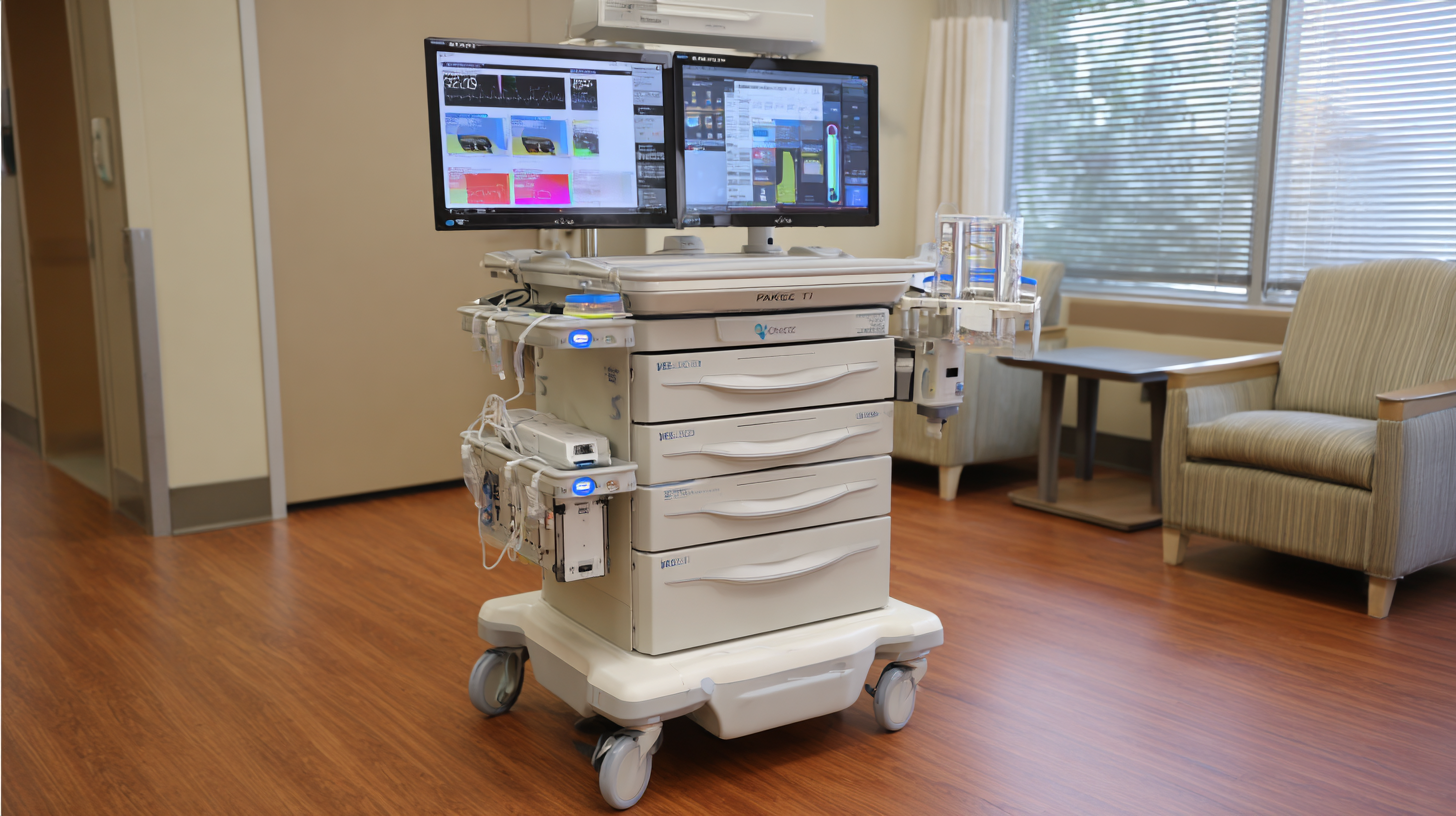
Ergonomic Design Considerations for Enhanced User Experience in Healthcare Settings
When selecting a medical cart on wheels, ergonomic design plays a critical role in enhancing user experience in healthcare settings. A well-designed cart should prioritize comfort and efficiency, reducing physical strain on healthcare professionals who frequently maneuver these essential tools. For instance, carts with adjustable height features allow users to customize the setup according to their own needs, minimizing back and shoulder discomfort during long shifts. Additionally, lightweight materials and smooth-rolling wheels are crucial to ensure easy navigation through crowded hospital corridors.

Incorporating user-friendly elements, such as strategically placed handles and intuitive drawer systems, can further enhance accessibility and operational efficiency. Carts with organized storage compartments help healthcare providers quickly locate necessary supplies and equipment, which is especially vital in emergency situations. Moreover, the inclusion of features like anti-tipping designs and sturdy construction ensures stability and safety, providing peace of mind when transporting delicate medical instruments. By focusing on these ergonomic considerations, healthcare facilities can significantly improve both caregiver satisfaction and patient care quality.
Related Posts
-

7 Essential Tips for Choosing the Best Rolling Medical Cart
-
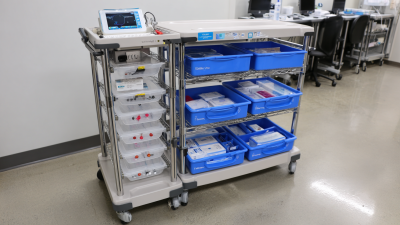
Future Trends in Best Medication Carts Market Analysis 2025 with Key Data and Practical Insights
-
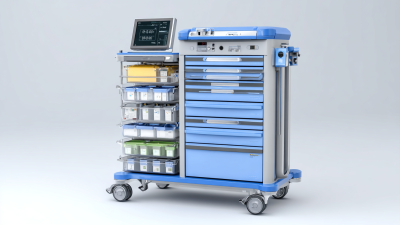
Essential Features of a Surgical Trolley: Enhancing Efficiency in Modern Operating Rooms
-

Transforming Healthcare Delivery: The Rise of Medical Laptop Carts in Patient Care
-

Mobile Medical Cart Innovations Showcased at the 138th Canton Fair 2025 Revolutionizing Healthcare Solutions in China
-
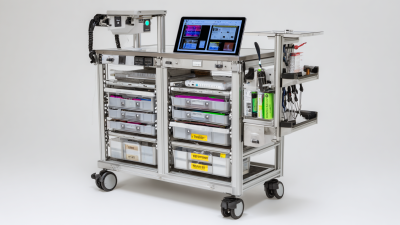
7 Essential Advantages of Choosing the Best Med Carts for Sale
